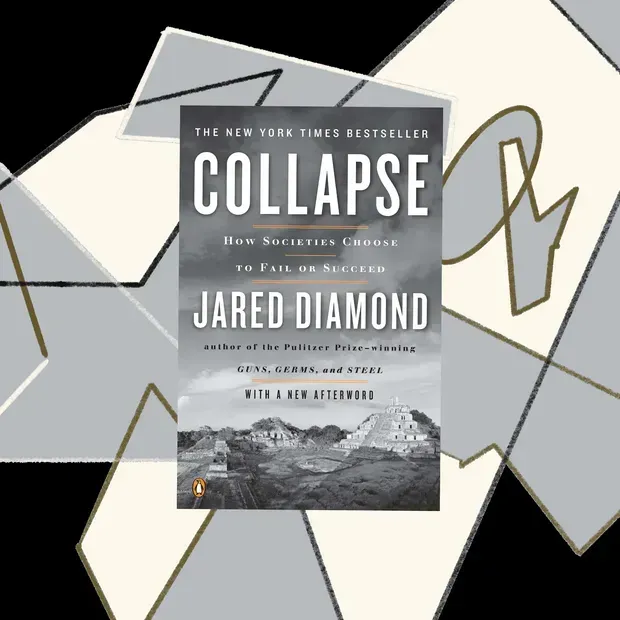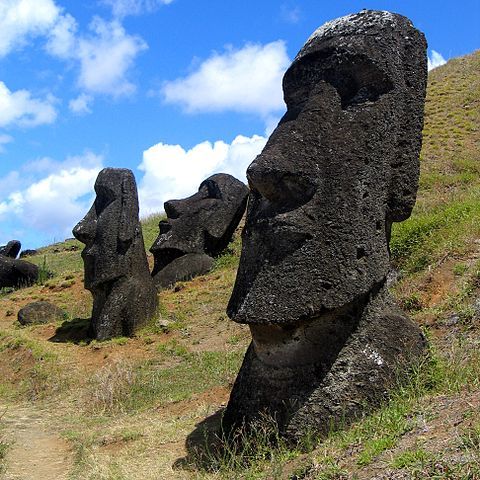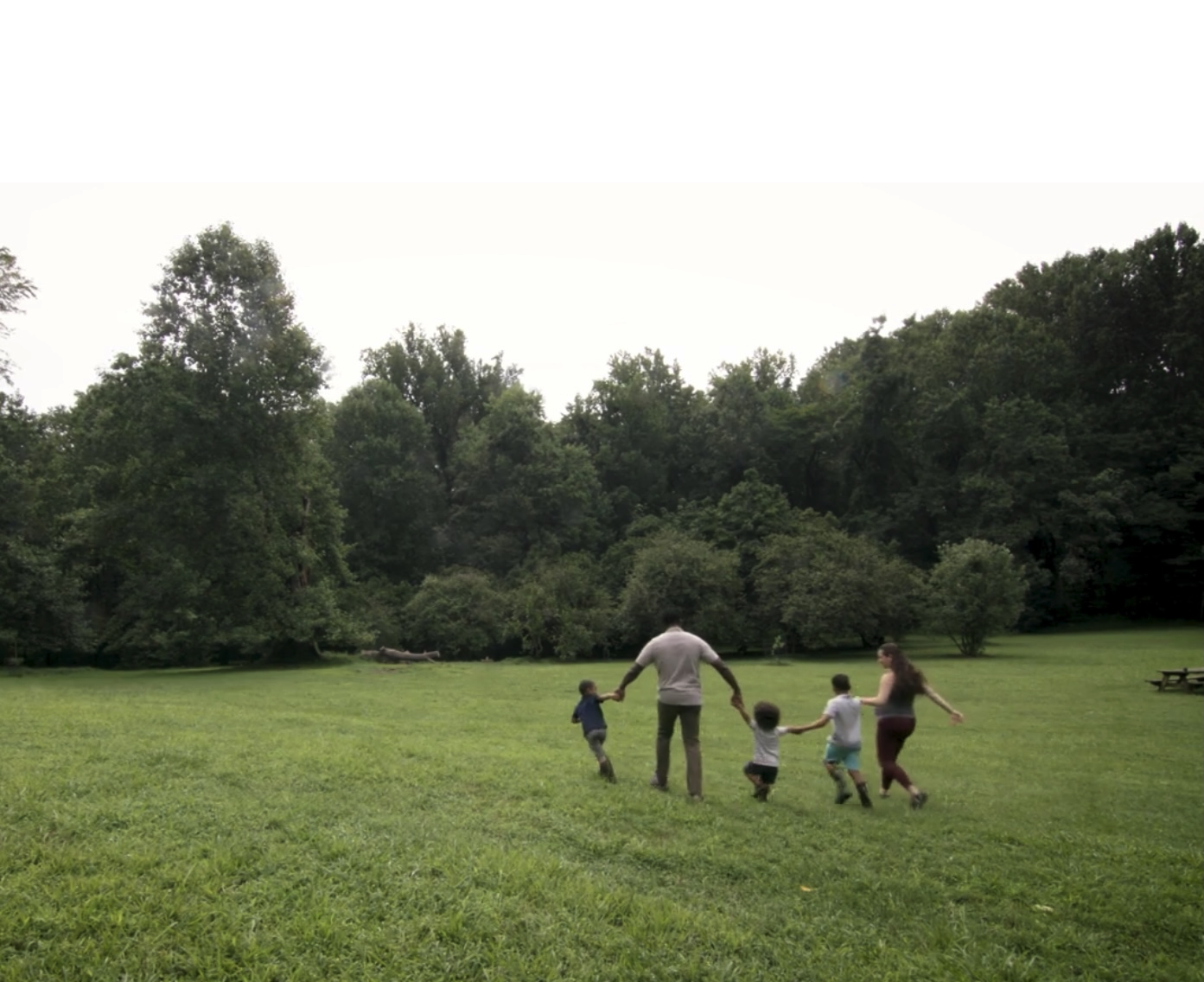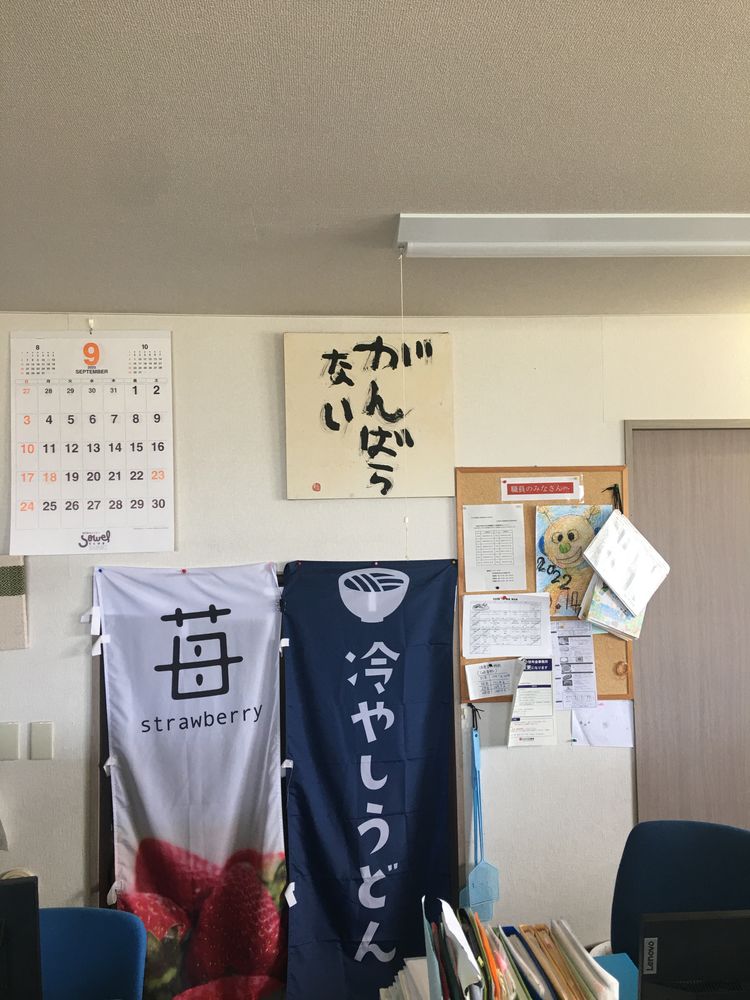Book notes: Collapse

History, as well as life itself, is complicated; neither life nor history is an enterprise for those who seek simplicity and consistency” (Diamond 2005: 349).
Overview
This book by Jared Diamond is considered the sequel to his renowned book “Guns, Germs, and Steel”, which won the Pulitzer award. Diamond has largely been criticized as a geographic determinist. A geographic determinist is a person who argues that behavior can be fully explained/determined based on the geographic features or geological phenomena that play upon a certain individual or society. Determinists of all sorts understandably receive a lot of backlash, due to, but not restricted to these reasons.
1. It goes against the view that humans have “free will”. If we are to be subdued by external or even internal factors (such as chemical makeup), what’s the point?
2. It’s discriminatory to conclude that some people failed and others succeeded due to certain, determined factors.
3. Humans and our societies are way too complex to be able to be pinned down to 1 or 2 factors that “determine” a certain outcome.
These 3 arguments have been made and developed into more concrete statements not only against Diamond, but against much earlier scholars such as Herbert Spencer and his idea of “Social Darwinism”— although Diamond's ideas are far less controversial than Spencer's. The issue of determinism is often seen as a battle between “cold hearted scientists” and “warm loving humanists” (I am painting with a large brush here, to illustrate two polarized sides of this debate).
Where the 'scientists' are attempting to pin down human behavior to manipulate and take advantage of it, and the humanists are attempting to preserve the 'freedom' of human will. However it must be noted, that pinning down any argument to one of these poles, and disregarding the space in between, will be an unfortunate conclusion. As I will highlight later, there is much to learn from seemingly “deterministic” dynamics of history. “Collapse”, is not only a sequel to Diamond’s previous writing, but also a response towards his critics. I believe Diamond intentionally chose his subtitle to the book to address this: “How societies choose to fall or succeed”.
The book is centered around 5 factors which contribute to the collapse of different societies, which he uses as cases for his study.
1. Environmental damage
2. Climate change
3. Hostile neighbors
4. Friendly trade partners
5. The societies response to its environmental problems
(Also I must note, Diamond offers his own definition of collapse: “a drastic decrease in human population size and/or political/economic/social complexity, over a considerable area, for an extended time” (Diamond 2005: 3)
Diamond writes, “[The first] 4 of those set factors... may or may not prove significant for a particular society. [But] the fifth... factor... always prove significant“ (Diamond 2005: 11). Diamond is essentially saying:
"So you critics want to believe so staunchly in human choice? Well let’s take a look at how those very choices led to cannibalism, extreme suffering, and societal collapse!"
The book continues to look for these 5 factors and how they led to the diminishing or downfall of different prehistoric and historic societies. From the Easter Islands, the Mayan Empire, to the more modern conflict between the Hutu and the Tutsi; Diamond’s global scope must be appreciated. Each society illustrate different pictures, but all focus around some tragic human decision that was made at a single moment, or cultural/ideological stigmas that stuck for centuries which led to their eventual downfall. But again, one must be careful not to over emphasize human decisions here. Of course, one chief's decision may have been the final push needed to tumble a society into starvation, cannibalism, and collapse — but as the other 4 factors Diamond suggests, there are multiple geographic forces that alter the severity of the impact those decisions make. A thorough analysis must be made to maintain this delicate balance between these geographic forces and human decisions.
Although the case for geographic determinism against Diamond was a rather weak one, Diamond further corners those claims through his book Collapse. There is no point picking, choosing, or forking historical realities to better fit a certain narrative. It is up to us to learn or ignore the realities of yesterday — but we must keep in mind where those very decisions have led to before.
Bringing the Past to the Present, Using the Past to Imagine the Future
Now, with the increasing understanding of our ecology and the growing impact anthropogenic decisions have on our climate, Diamond’s writing must serve as a great wakeup call. At the end of his section about Easter Island, Diamond suggests we imagine the fall of Easter Island as a metaphor for our globalized world. Easter Island is one of the most isolated pieces of land in the world — well known for their incredible Moai statues, as well as their descent into cannibalism and warfare.

“The parallels between Easter Island and the whole modern world are chillingly obvious. Thanks to globalization, international trade, jet planes, and the Internet, all countries on Earth today share resources and affect each other, just as did Easter’s dozen clans. Polynesian Easter Island was as isolated in the Pacific Ocean as the Earth is today in space. When the Easter Islanders got into difficulties, there was nowhere to which they could flee, nor to which they could turn for help; nor shall we modern Earthlings have recourse elsewhere if our troubles increase” (Diamond 2005: 119).
With growing legitimate interests in space voyage, Diamond's assertion here may seem old. One may naively answer: “Well, now that we got Space X among others, depleting the resources on earth isn’t too big of a deal. With technological developments, humans will continue to prosper”
First, humans do not prosper right now. Unlike Easter Island, the growing disparity between social groups are not visible to you and I who are comfortably reading this on our electronic devices. Although it is more of a moral/ethical choice to determine whether this disparity in life is good, bad, or evil — it is impossible to argue that humans are currently prospering as a whole. Although a case can be made that we are better off than we were centuries ago, this is beyond the point.
Second, technological developments do not lead to prosperity. As any tool created before, it is up to human decisions in how it is utilized. Technological development can lead to prosperity, terrible downfalls, and everywhere in between. As seen in the case of WW2, we benefit greatly from the inventions made during these tragic times — we just use them to heal, not kill. So in general, technological developments often drastically exacerbate our ability to do “evil”, compared to the amplification of “good”.
Lastly, access to the expeditions towards new planets and access to such new resources will be extremely limited. Anyone who is alive within 50 years of this writing and is not part of the top 1% (I am being generous here), should not expect to see the gravel of Mars on their own accord.
Therefore, for us to grasp a better understanding as to utilize the lessons to be learnt from Diamonds writing, we can turn to a literary tool called “analepsis” and “prolepsis".
Analepsis can be seen as a “deja vu” moment. It’s a flashback moment, where the past is brought into the present (Toolan, 1988: 43). This is what Diamond often does as he illustrates various historic civilizations and then compares them to our modern day. This is important to many characters in our favorite novels, as it evokes a past experience to be utilized in the decision making of the current time.
One of my favorite examples of this is a common scene in the classic cartoon “Tom and Jerry“. After sustaining multiple humiliating defeats to the savvy Jerry, there are scenes throughout the show where Tom stops for a moment and thinks. He is most likely rekindling his memory of a plank hitting his face, a needle to his bum, or facing off with one of Jerry’s multiple scary allies. Through this process of analepsis, Tom makes a decision to change his initial decision of merely running after Jerry, and set up a trap.
But as anyone who is familiar with the show knows, Jerry often get’s the upper hand — even after Tom alters his plans. This is because Jerry, who similarly evokes memories of the past, attempts to not only imagine his own new decisions, but to imagine what Tom may do moving forward. This is at the core of the idea of Prolepsis.
Prolepsis is the narrative or action “...of evoking a future event in advance” (Genette 1980). In other words, it is using the past experience to attempt to imagine and shape the future. To continue the example of ”Tom and Jerry”, Jerry is utilizing his past experience to imagine and shape the future of his continuous success. Let’s look at this through an even more familiar and clear example: Parenting.

As a former coach of youth soccer, I often saw parents ‘living out their dreams’ via their child. They looked to shape their skills, devotion, and love for the sport in terms of their own past experiences — which often failed — to their child. This is also seen in religion or in attempts to maintain traditions of migrant families, among others. Now, here is where I address another major complaint against Diamond — but also against historical accounts in general.
People often disregard large analyses of history under the claim that “it has nothing to do with their lives and generation“.
Although this claim is not ontologically true in any way — it has become a partial truth for the majority of the first world.What I mean by this is as such: People do not need to look back to history to understand, accept, and survive in their own cultural context. It is seemingly unnecessary for a teen in Tokyo to understand the politics of the Tokugawa Shogunate. All the while in 17th century Japan, it was crucial for Japanese teens to understand the dynamics of their political sphere. However, with a little bit of constructive imagination, the past can serve us just as well as it served Jerry to fight off Tom, or as a Japanese teen benefitted from understanding her/his history. Just as any good scientist would, we must utilize past hypotheses, processes, and results to construct our own hypothesis that is pointed towards the future.
However, the scale in which we imagine the future must be larger than a cat and mouse chase. In a globalized world, we must have the imaginative capacity to imagine a globalized future. Our task is made much easier through historical archives and fantastic historians such as Jared Diamond. Who not only commit their lives to bringing the past to the present, but make it accessible in forms of articles and books like “Collapse“. Therefore, using the tool of prolepsis, we must use this past — of both the fallen civilizations and the ones still standing — to first imagine the future, then work to shape it.
![[Guest Post] Exploring Colonial History through Art](/content/images/size/w750/2023/11/graphite-island-banner.png)
